Navigating the Storm
Lessons from the Top Risks of 2025
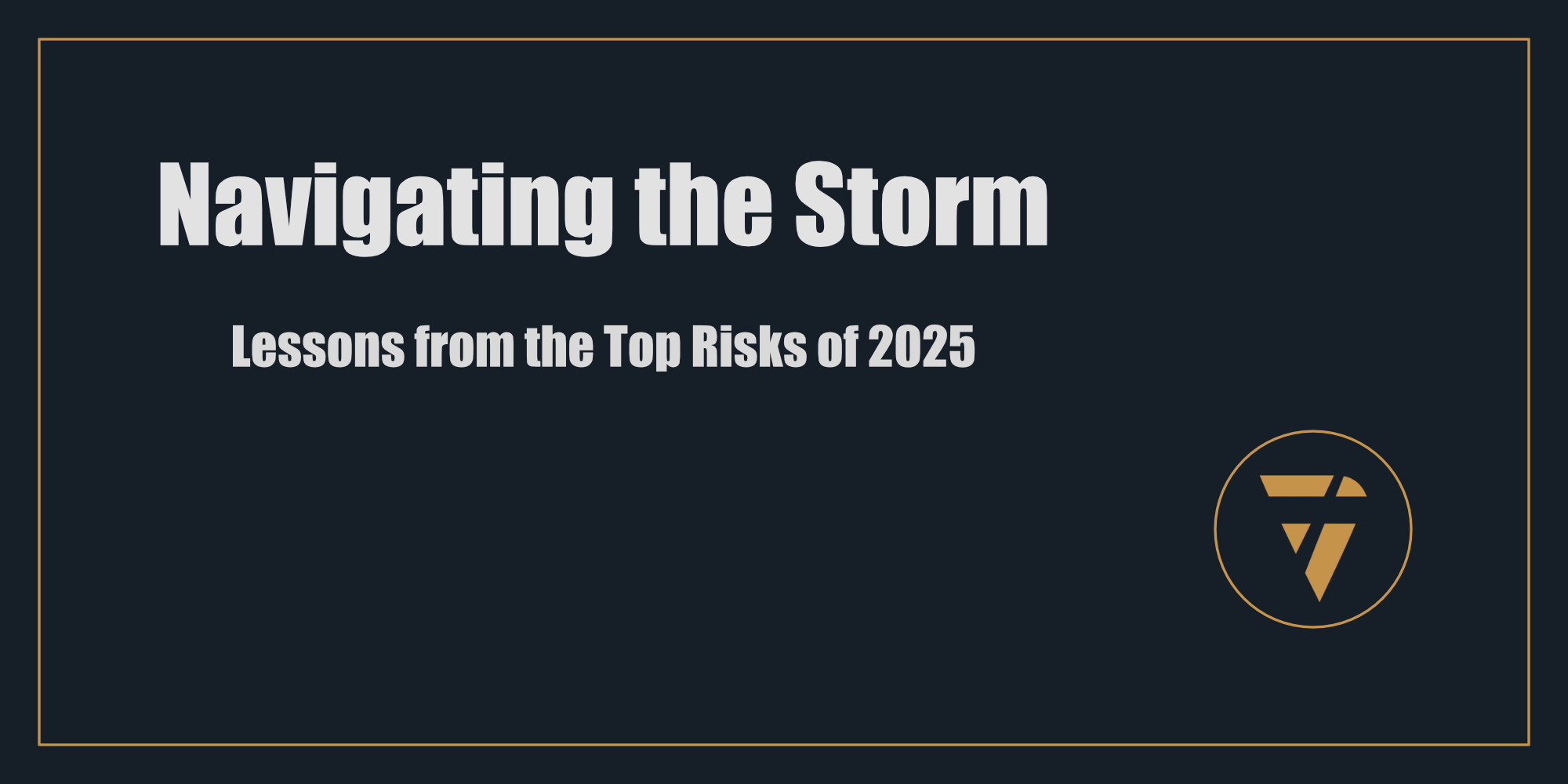
The world of 2025 is not the world we were promised. For decades, stability seemed inevitable, anchored by the U.S.-led global order, the rise of multi-lateral co-operation, and the steady progress of globalization. Yet here we stand, confronted by a reality where those foundations have crumbled.
We live in a G-Zero world, where no single nation or coalition has the authority or will to lead. This isn’t a temporary lull, it’s the new normal. The great powers are too fractured, too divided by self-interest, to rise above their rivalries. The institutions built to address shared challenges—climate change, economic inequality, technological governance—are paralyzed. And so, the global system unravels, leaving us to navigate a storm, with no lighthouse in sight.
Canada, like so many nations, has thrived under the safety net of a predictable world. We enjoyed freer trade, reliable alliances, and the stability of a neighbour that, while turbulent at times, anchored us in prosperity. That net is gone. What lies ahead is a future shaped by disintegration, where survival depends not on waiting for the system to recover, but on our ability to adapt.
The Weight of Chaos
The risks of 2025 are not isolated. They are interconnected forces, pulling at the threads of an already-frayed system. The G-Zero is the backdrop, the stage upon which the collapse of collaboration plays out. Trump’s return to the White House amplifies this disarray, turning economic policy into a tool of vengeance, and reshaping alliances around personal loyalty rather than shared purpose.
The deepening U.S.-China divide fractures global trade, innovation, and security, leaving middle powers like Canada caught in the crossfire. Russia, though weakened, clings to relevance through disruption, weaponizing chaos to undermine adversaries. Iran, desperate and cornered, lashes out in ways that destabilize an entire region. Israel, rapacious.
In this world, even our most promising advancements, like artificial intelligence, become risks. Unchecked and unregulated, AI creates new vulnerabilities, from cyberattacks to disinformation campaigns, exacerbating instability rather than solving it.
Every risk feeds the others. The absence of global leadership allows rogue states to act with impunity. Economic fragmentation fuels inequality and populism, which in turn weakens democracies. The more we ignore the systemic flaws, the deeper the cracks grow.
The Choices Before Us
For leaders, businesses, and individuals, this isn’t just a time to survive, it’s a time to lead. The chaos of 2025 demands bold decisions and a willingness to adapt.
First, we must recognize that the old strategies won’t work. The global system we knew—built on co-operation, predictability, and shared values—is gone. Waiting for its return is not an option. We must build resilience at every level: diversifying trade relationships, investing in self-sufficiency, and preparing for disruptions that will come faster and harder than we expect.
Second, we must accept that leadership now comes from those willing to act, not those waiting for consensus. In a fractured world, middle powers like Canada have an opportunity to fill the void, forging new alliances and driving solutions where the great powers falter. Whether it’s climate action, AI governance, or defending democratic norms, those who step forward will shape the future.
Third, we must confront the risks we’d rather avoid. Ignoring challenges like Arctic security, the economic implications of Trumponomics, or the risks of rogue states won’t make them go away. These threats will only grow more acute, and the cost of inaction will far outweigh the difficulty of addressing them now.
A Call to Clarity
2025 is a reckoning. It forces us to confront uncomfortable truths about the fragility of the systems we once trusted. But it also offers a moment of clarity, a chance to rebuild, reimagine, and refocus on what truly matters.
This storm will not pass quickly. It will test our resilience, our ingenuity, and our ability to lead without a guide. But it also presents an opportunity: to embrace uncertainty not as a threat, but as a challenge we are ready to meet.
The world may no longer promise stability, but it still holds potential. The question is whether we have the courage to seize it.
Read the report, see if you see what I see.
https://www.eurasiagroup.net/issues/Top-Risks-2025
This Substack is reader-supported. To receive new posts and support my work, consider becoming a free or paid subscriber.
This is what I’m working on. Tell me what you think, I enjoy the conversation! Subscribe and follow the work in real time.
Thanks!
B
The world of 2025 is a storm without a guide, alliances fracturing, risks compounding, and no one leading. But chaos reveals truth: resilience isn’t waiting for stability; it’s acting boldly in uncertainty. Who will step up? Who will adapt? The future demands courage.
Thank you gmbutts.bsky.social for the read! And profgalloway.com for the insight.
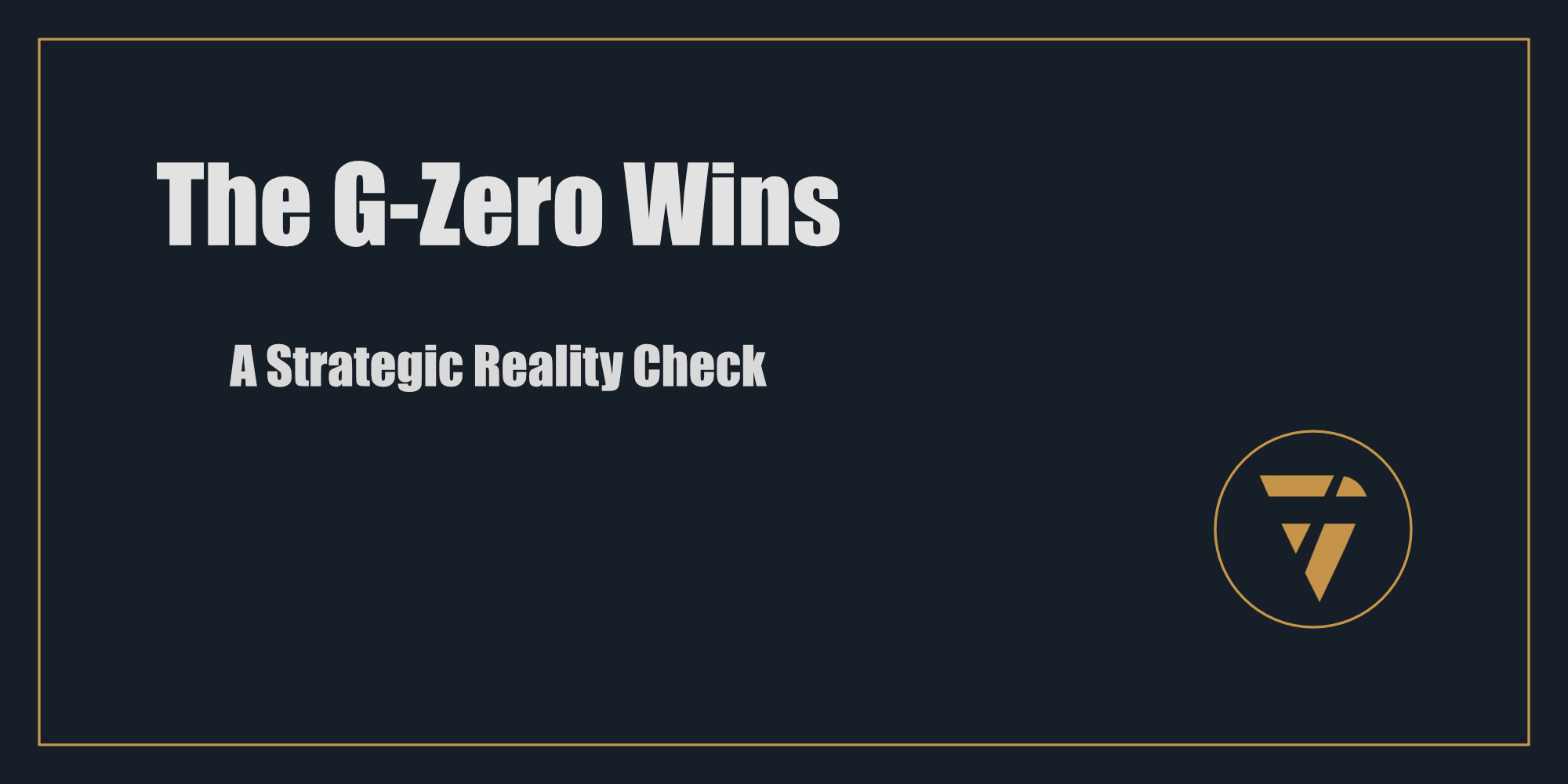
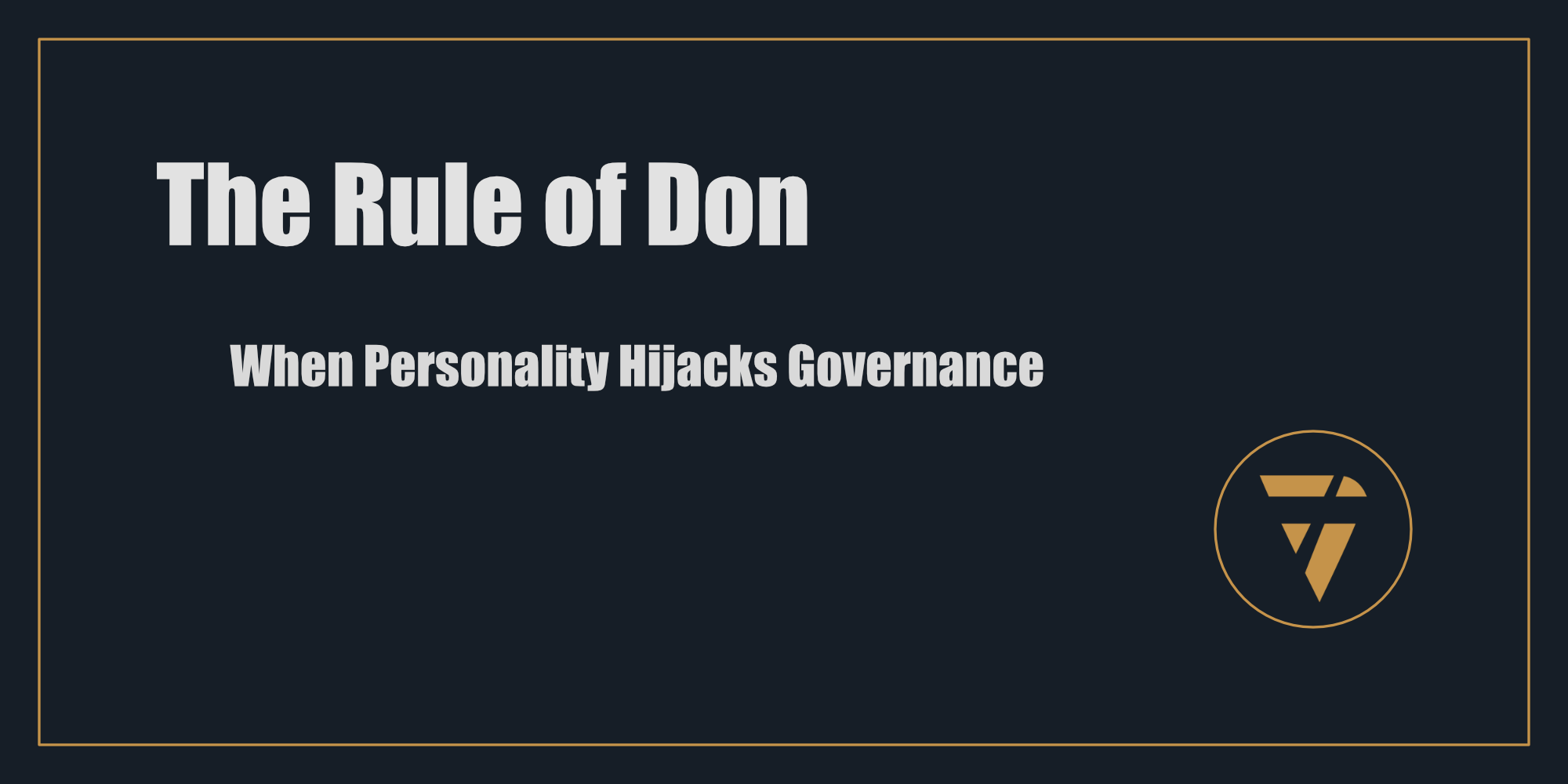

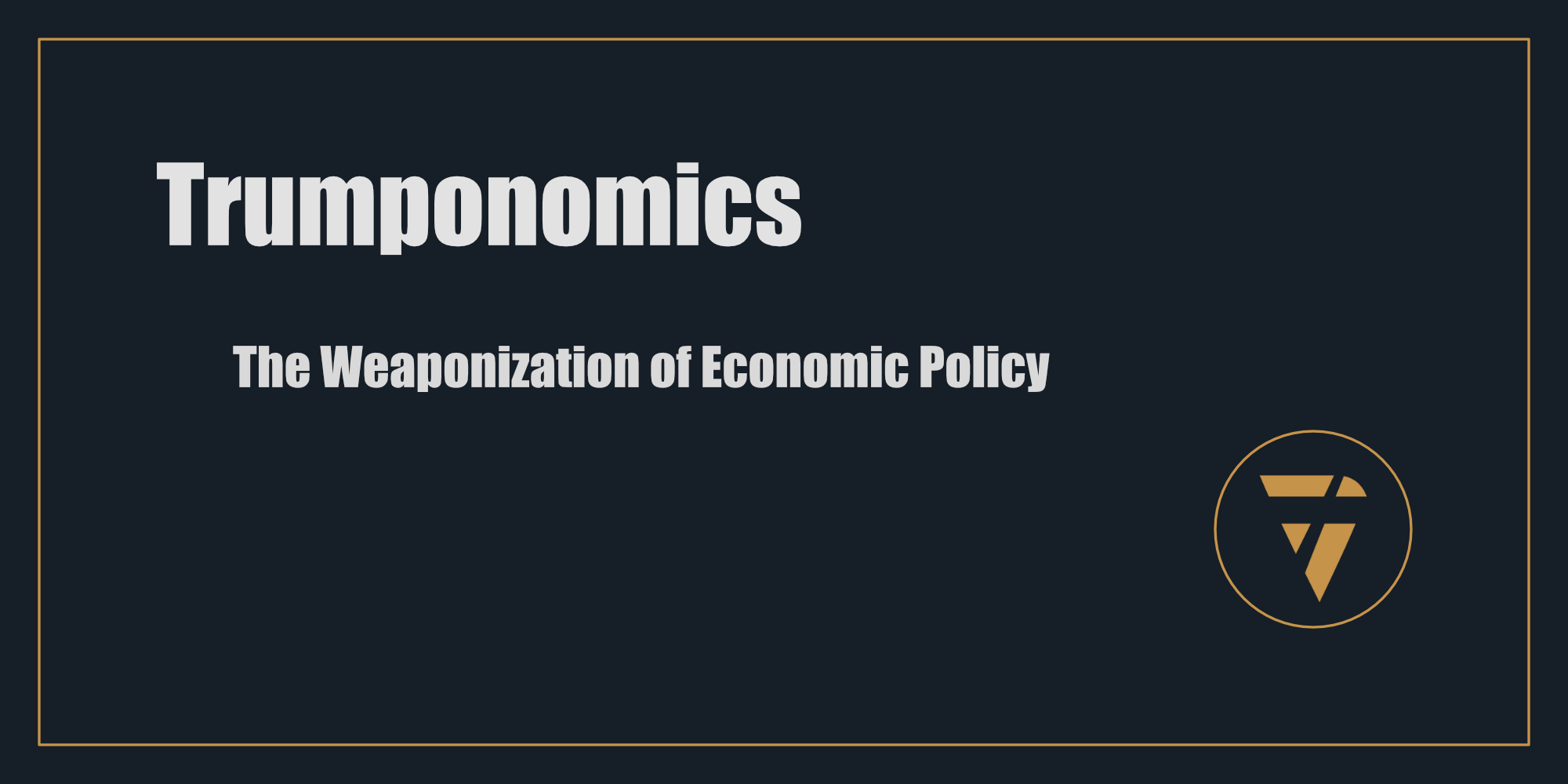
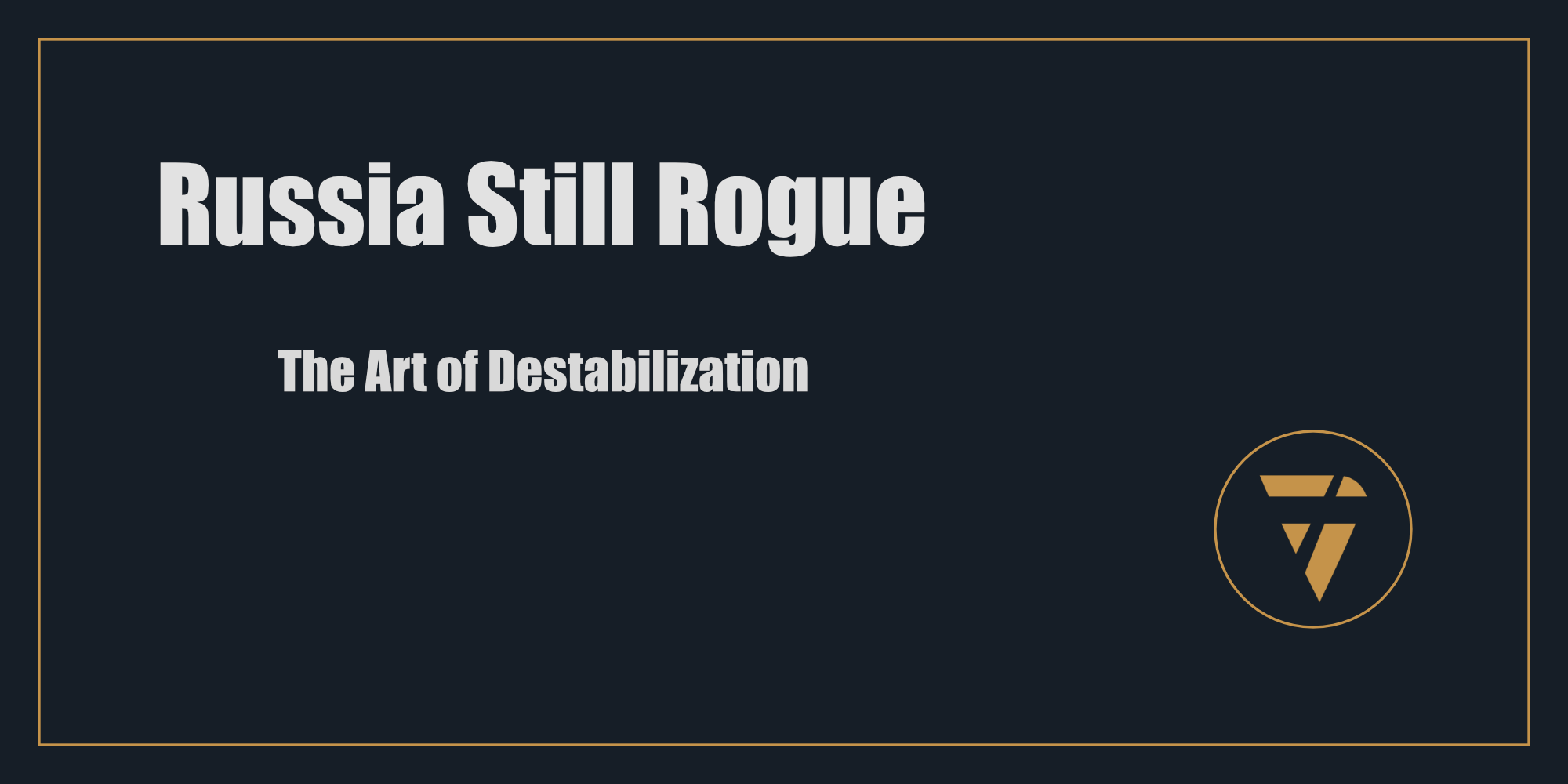
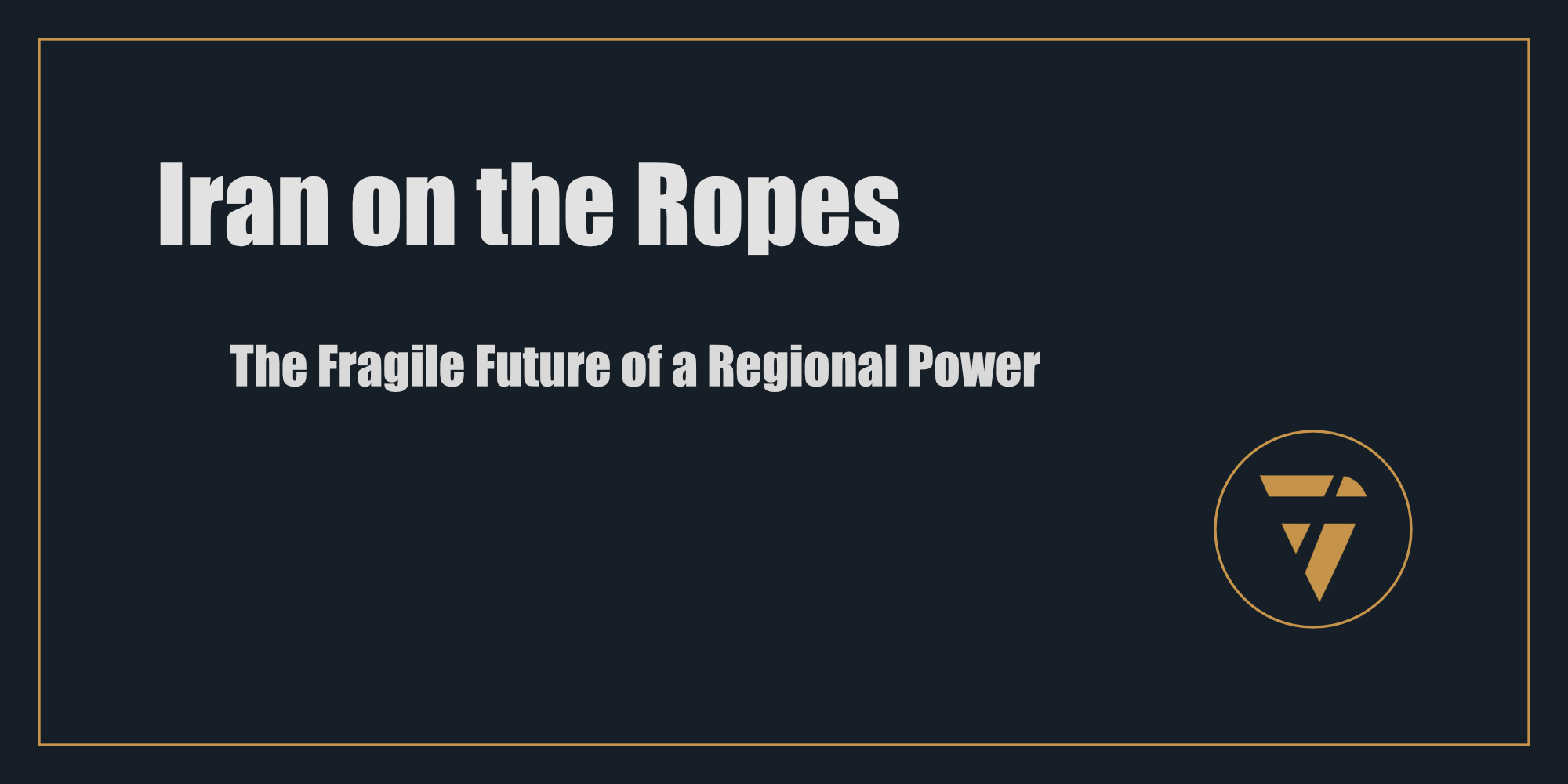
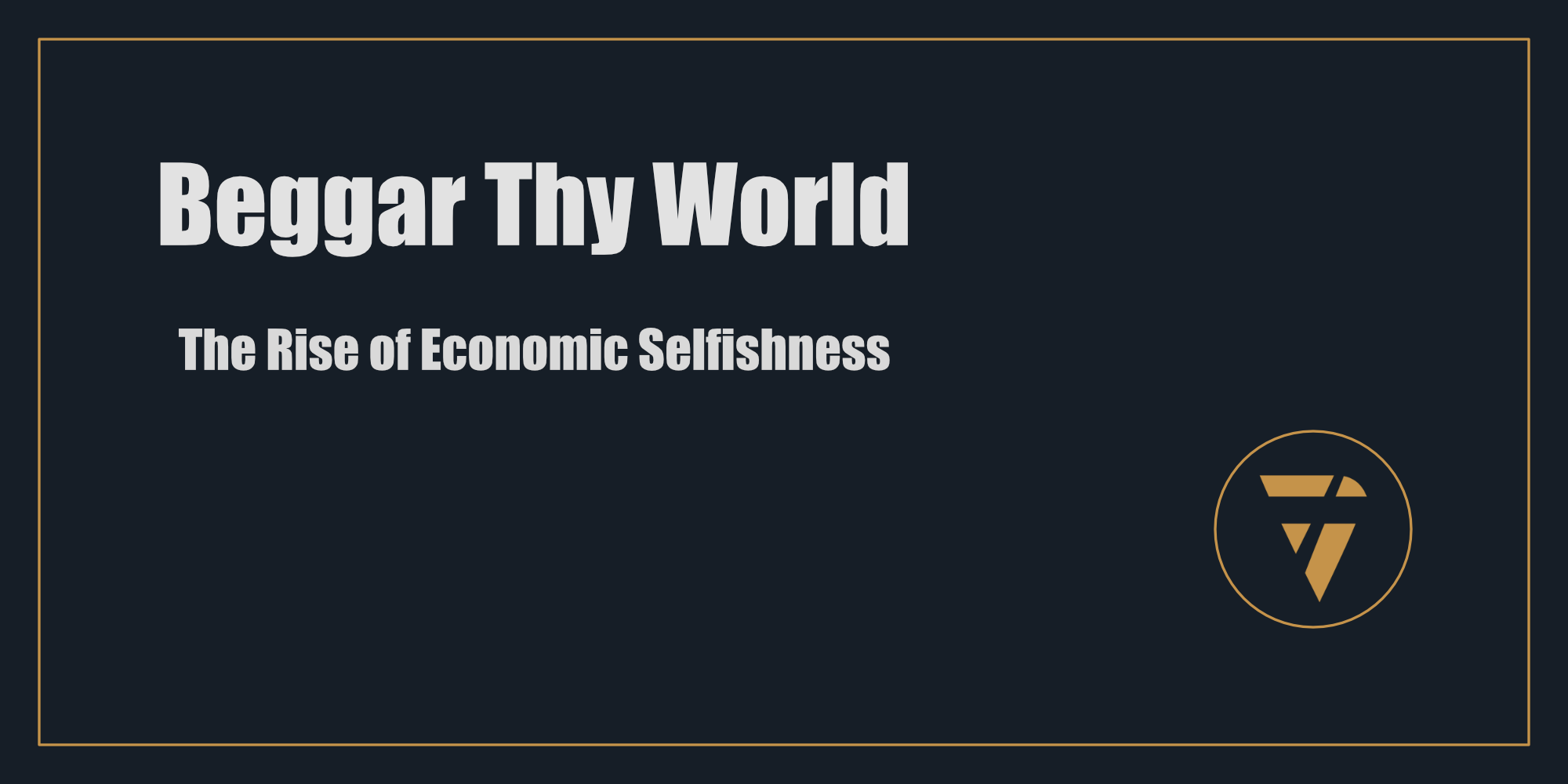
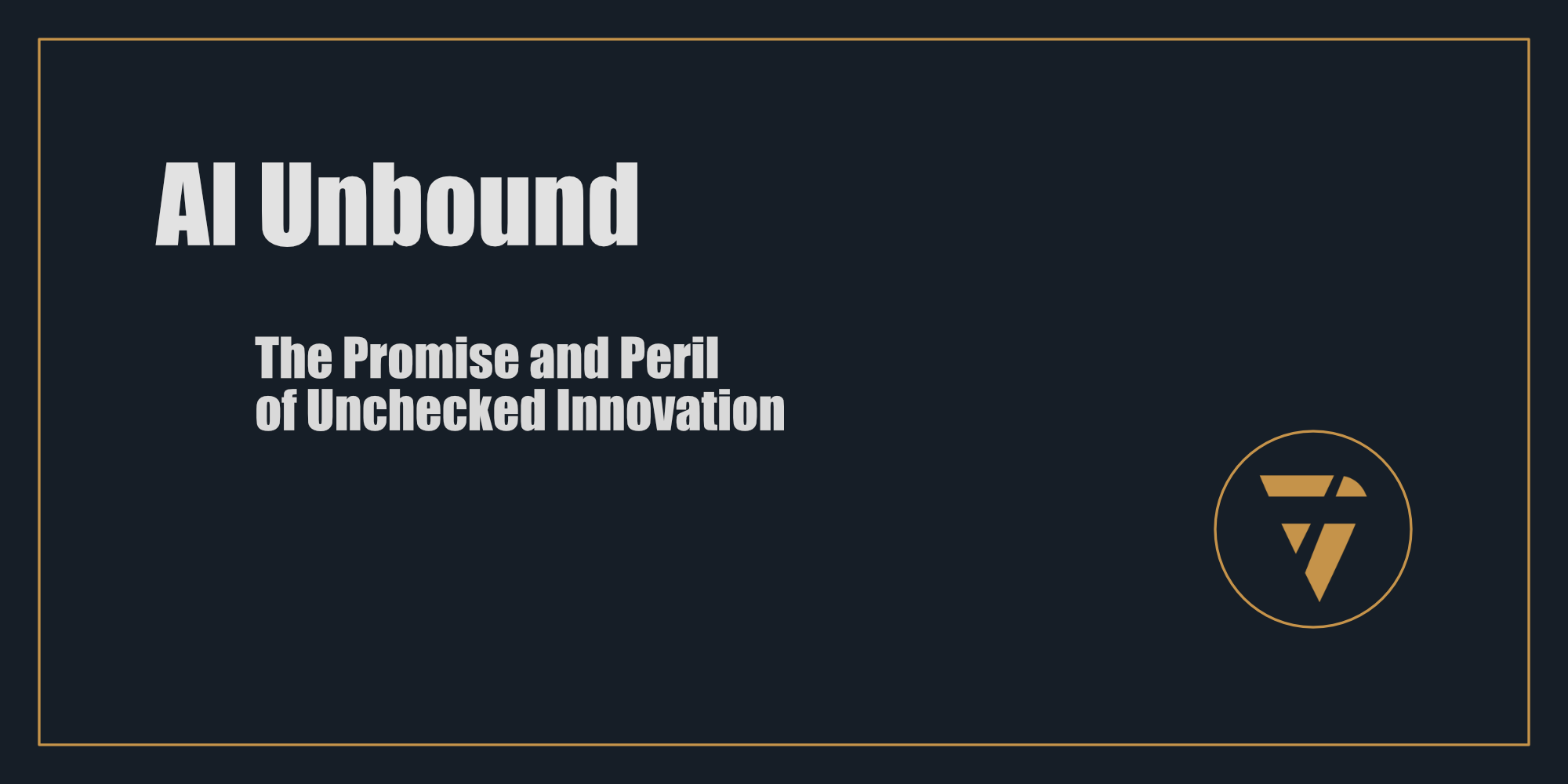
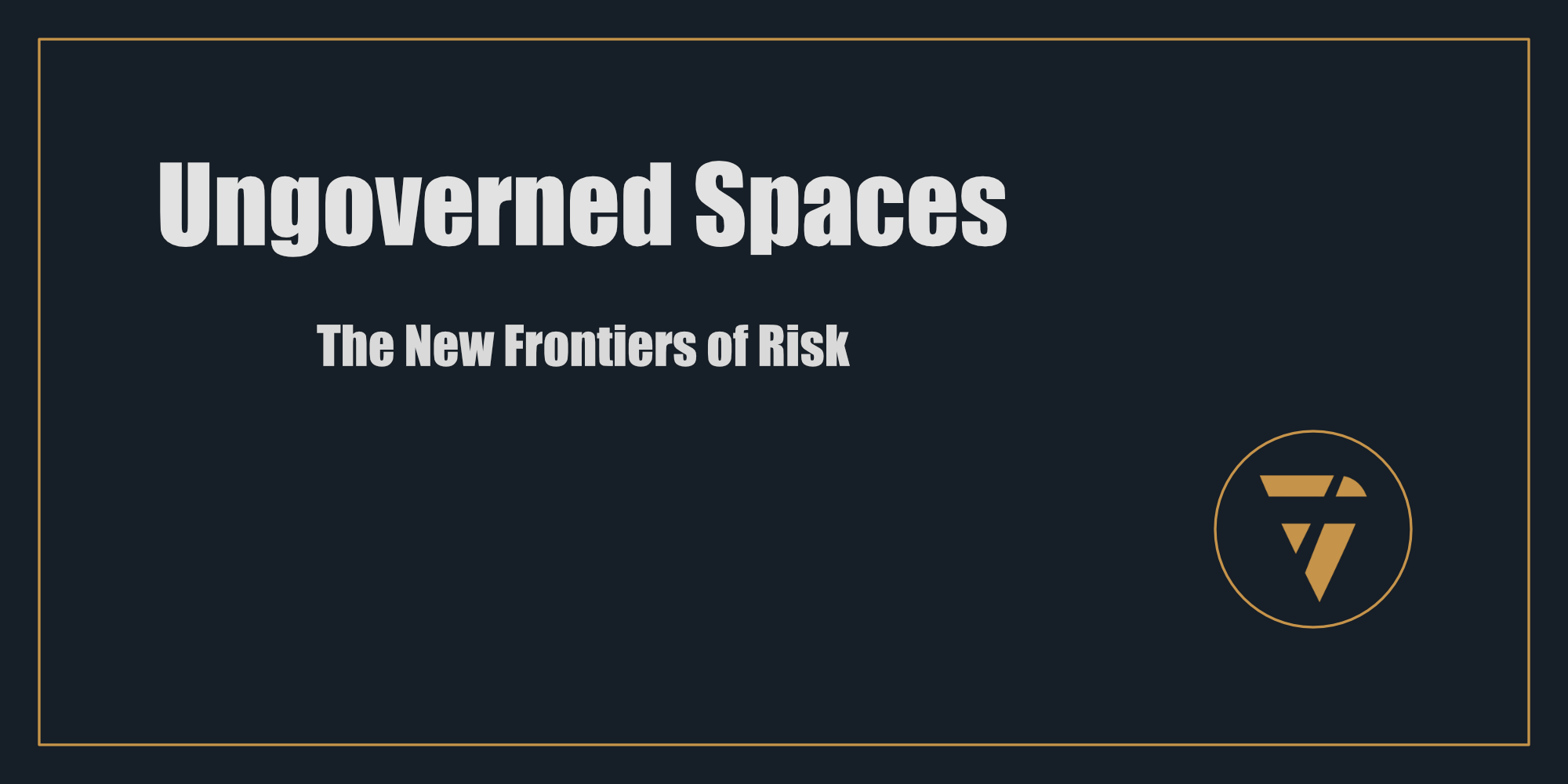
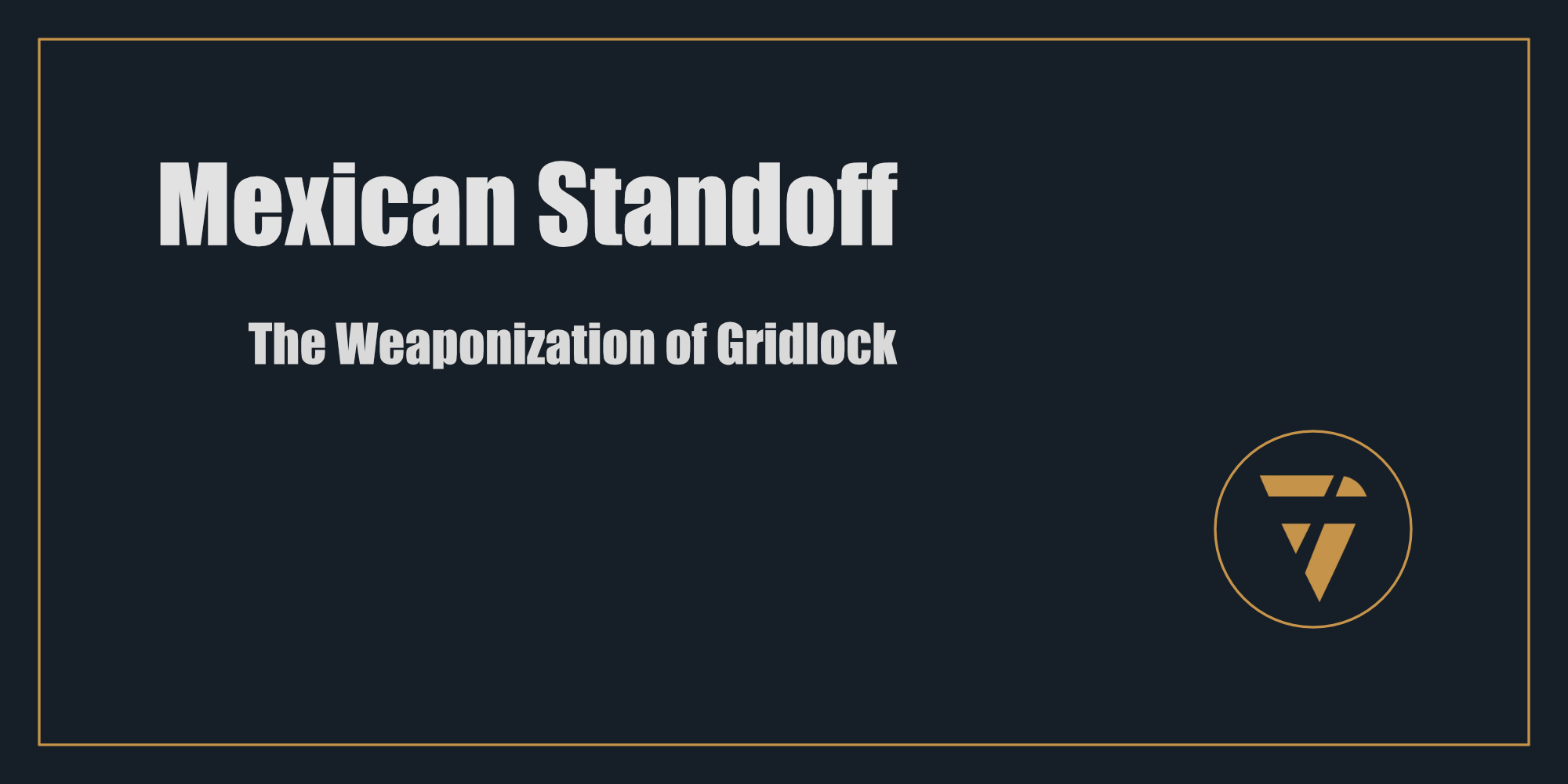
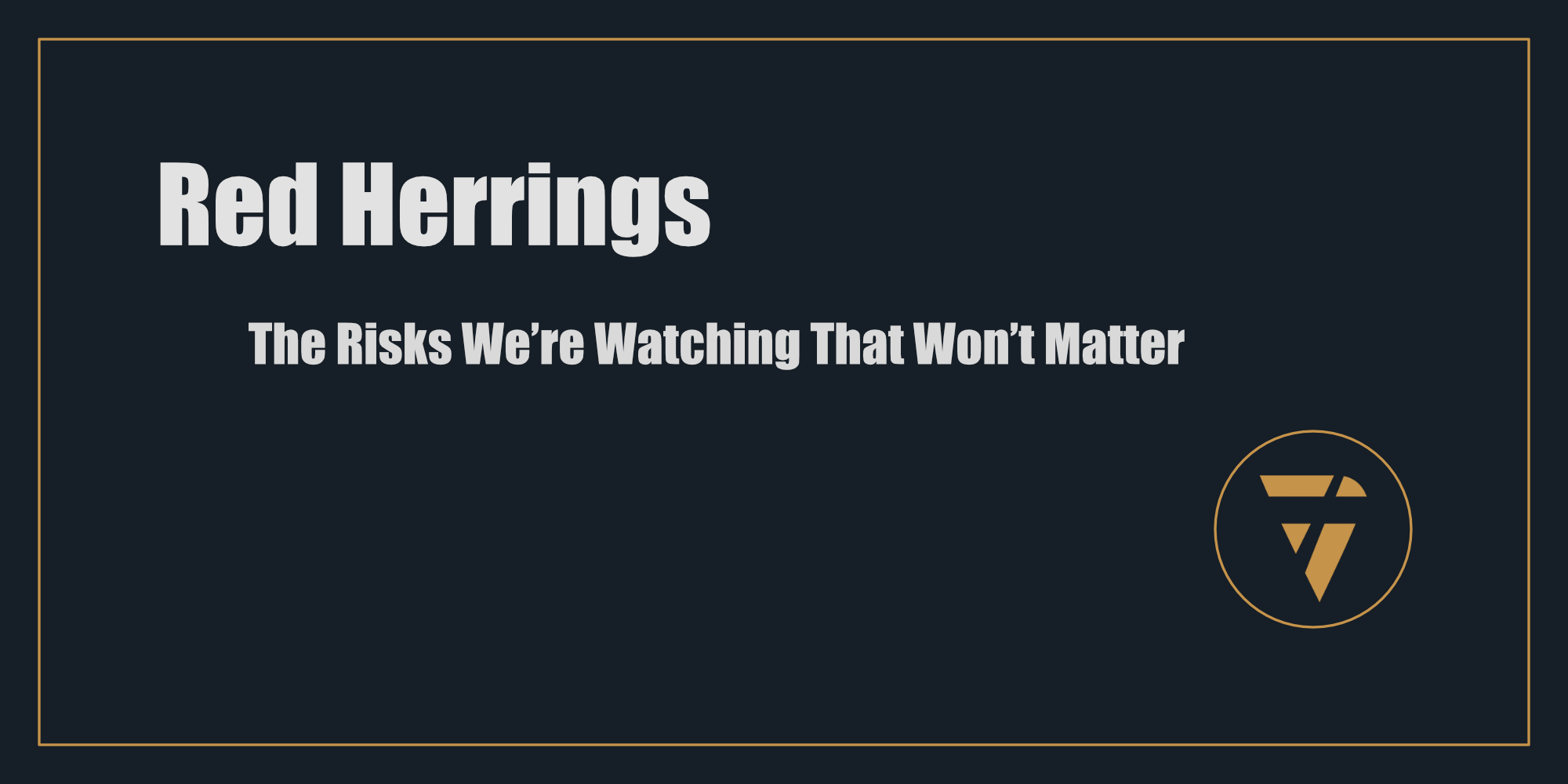
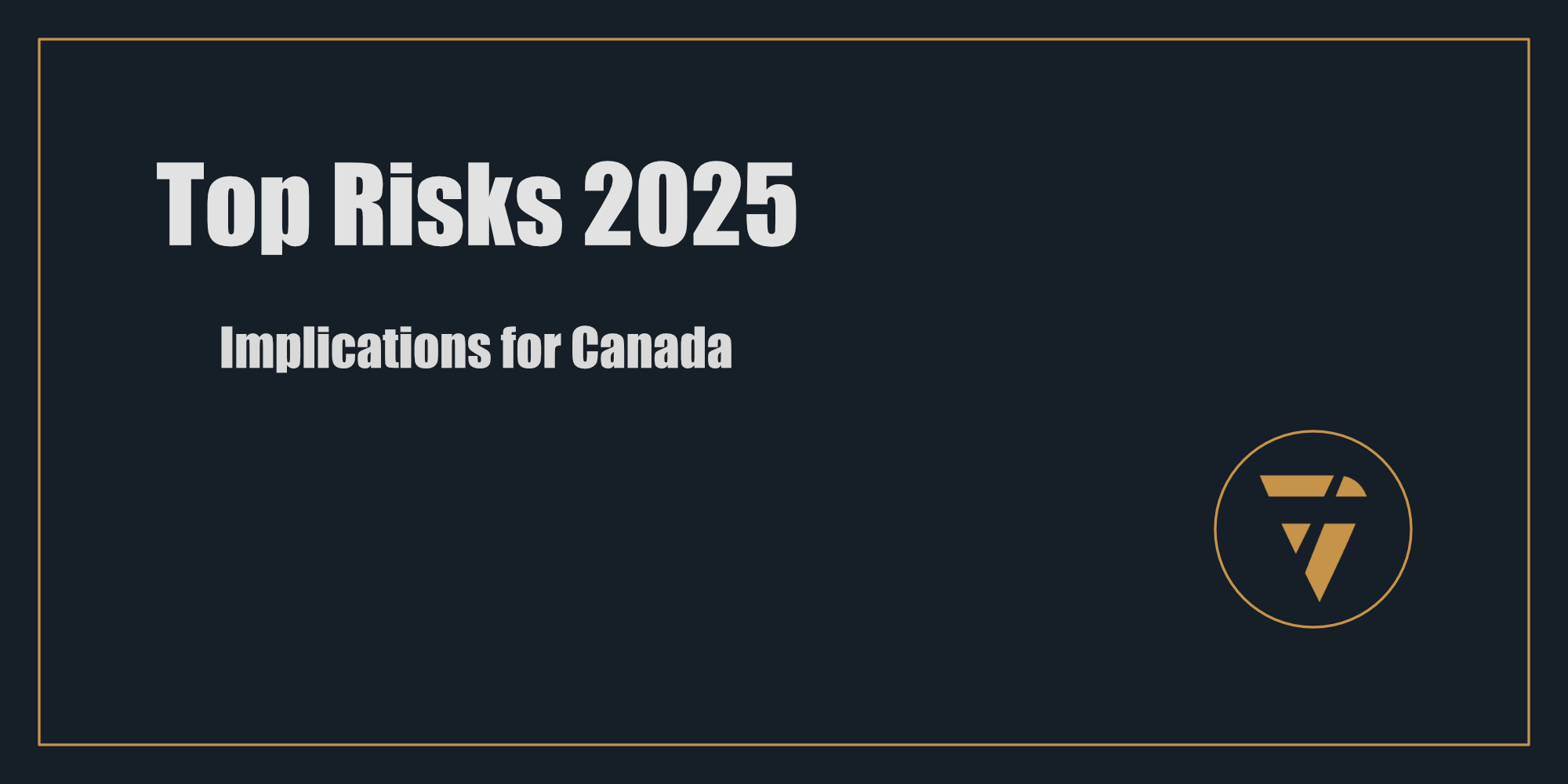
PS -





